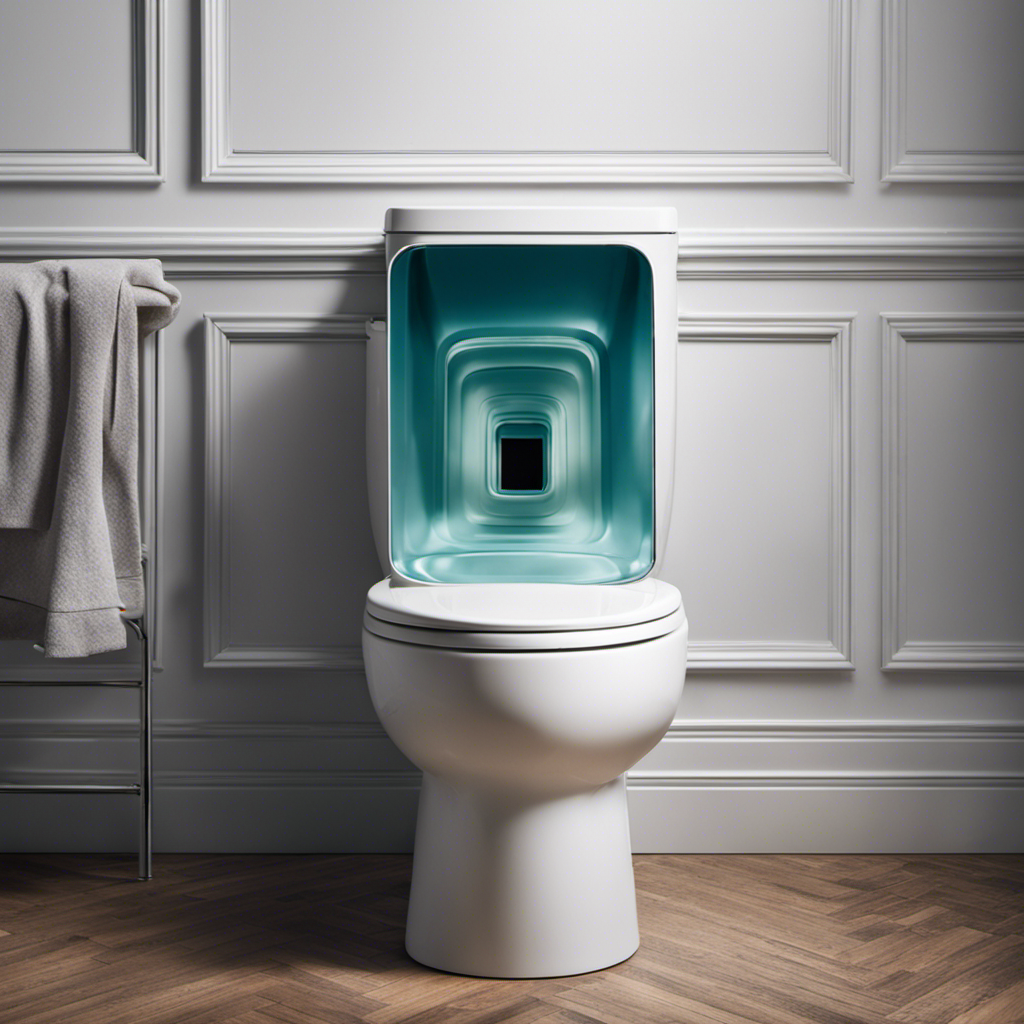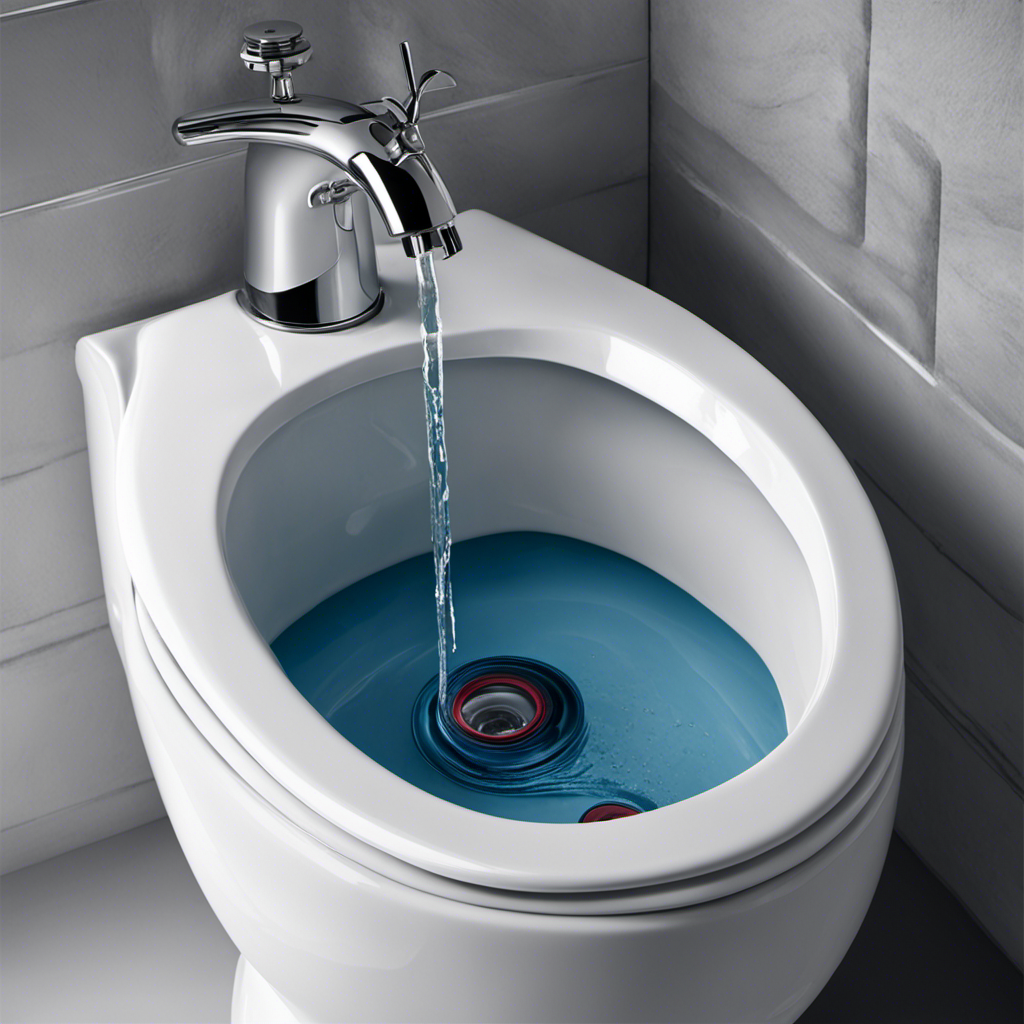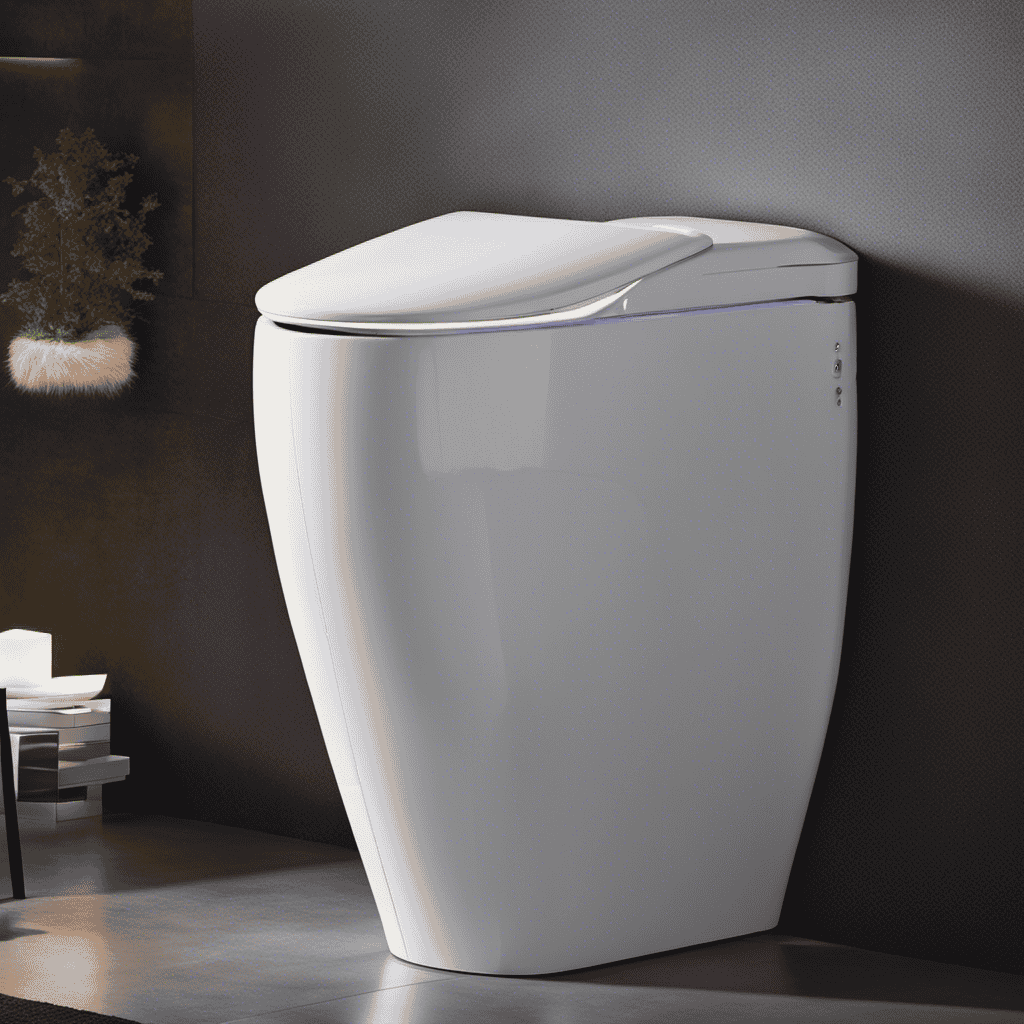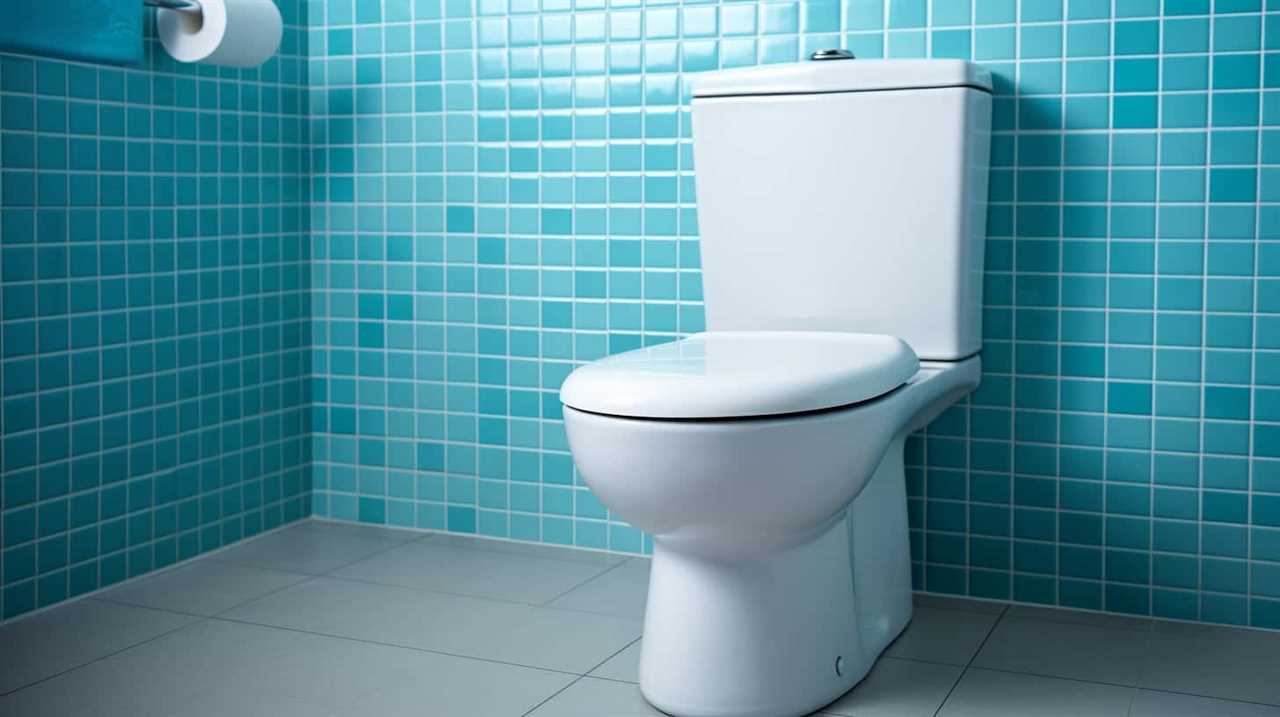Have you ever experienced the frustrating moment when you go to flush your toilet, only to find that there’s no water in the tank? I know I have, and let me tell you, it can be quite a headache.
But fear not, because in this article, I’ll be delving into the common causes for this issue and providing you with troubleshooting tips to restore water in your toilet tank.
So sit back, relax, and let’s get to the bottom of this mystery together.
Key Takeaways
- Faulty fill valve or supply line can cause no water in the toilet tank.
- Regular maintenance and proper troubleshooting can help identify and fix the issue.
- Issues with the flush valve can also lead to no water in the tank.
- Contacting a professional plumber may be necessary for certain problems.
Common Causes for No Water in Toilet Tank
One of the most common causes for no water in the toilet tank is a faulty fill valve. The fill valve is responsible for refilling the tank after each flush. If it malfunctions, it may not allow water to enter the tank, resulting in no water for the next flush.
To prevent this issue, regular toilet tank maintenance is essential. This includes checking and cleaning the fill valve, ensuring it is free from debris or mineral buildup.
Additionally, implementing water conservation measures can help prevent a faulty fill valve. By using low-flow toilets or adjusting the water level in the tank, you can reduce the strain on the fill valve and prolong its lifespan.
Regular maintenance and water conservation measures are key to ensuring a properly functioning toilet tank.
Checking the Water Supply Line for Issues
To check for issues with the water supply line, you should first make sure that the valve is fully open. If the water pressure problems persist, it could be a sign of plumbing leaks.
Start by examining the water supply line for any visible signs of leakage or damage. Check the connection points, such as the valve and the toilet tank, for any loose or faulty fittings. Use a flashlight to carefully inspect the entire length of the supply line for any signs of water stains or drips.
If you notice any leaks, it is crucial to address them promptly to prevent further damage. Tightening loose fittings or replacing damaged parts may be necessary to restore proper water flow to your toilet tank.
Problems With the Toilet Fill Valve
Check for problems with your toilet fill valve by examining the connection points and looking for any visible signs of leakage or damage.
The toilet fill valve is responsible for refilling the toilet tank after each flush. If you notice that there is no water in your toilet tank, the fill valve may be the culprit.
One common issue is a stuck toilet fill valve, which can prevent the tank from filling up properly. To fix a stuck fill valve, you can try gently tapping it or manually adjusting the float arm.
If these troubleshooting methods don’t work, it may be necessary to replace the fill valve altogether. This involves shutting off the water supply, removing the old valve, and installing a new one.
Remember to follow the manufacturer’s instructions and use the appropriate tools for a successful toilet fill valve replacement.
Issues With the Toilet Flush Valve
Make sure you listen for any unusual sounds coming from the toilet flush valve, as this could indicate a problem.
The toilet flush valve is an essential component of the toilet tank that controls the flushing mechanism. If there are issues with the flush valve, it can lead to a lack of water in the tank. One common problem is toilet tank leaks, which can occur if the flush valve is damaged or worn out. Inspecting the flush valve for any cracks or leaks is crucial in troubleshooting the problem.
Additionally, another factor to consider is toilet tank insulation. Inadequate insulation can cause the water in the tank to lose heat quickly, resulting in reduced water levels.
Troubleshooting Tips for Restoring Water in the Toilet Tank
By addressing issues with the toilet flush valve, you can restore water in the tank and ensure proper functioning.
Understanding water pressure is crucial in troubleshooting the lack of water in the toilet tank. Firstly, check if the main water supply valve is fully open. If it is, then the issue may lie with the water pressure in your home. Low water pressure can prevent the tank from filling up properly. In such cases, it is essential to contact a professional plumber to assess and resolve the problem.
Secondly, regular maintenance is vital to prevent future issues with the toilet flush valve. Cleaning the valve and inspecting it for any signs of wear and tear will help maintain proper water flow. Additionally, periodically checking for any leaks or blockages in the valve can prevent water flow problems.
Conclusion
In conclusion, troubleshooting the lack of water in a toilet tank can be a simple task by addressing common causes. These causes include issues with the water supply line, fill valve, or flush valve. By checking for clogs, leaks, or malfunctions, homeowners can restore the water flow and ensure proper functioning of their toilets.
Interestingly, according to a study conducted by a plumbing association, approximately 30% of toilet tank water issues are due to problems with the fill valve. This makes it a common culprit.










